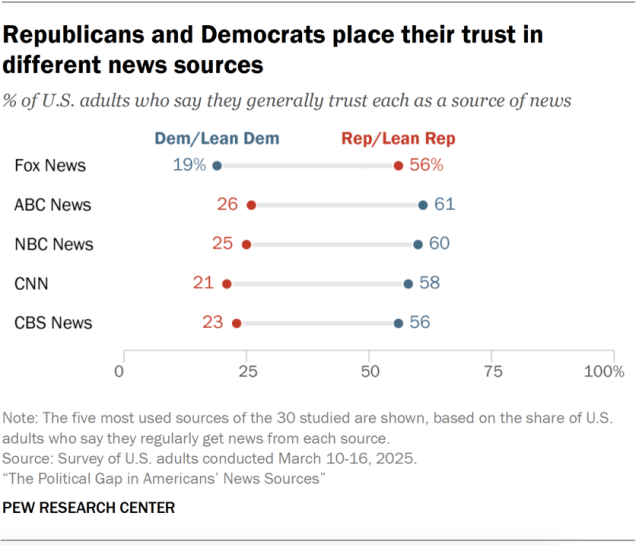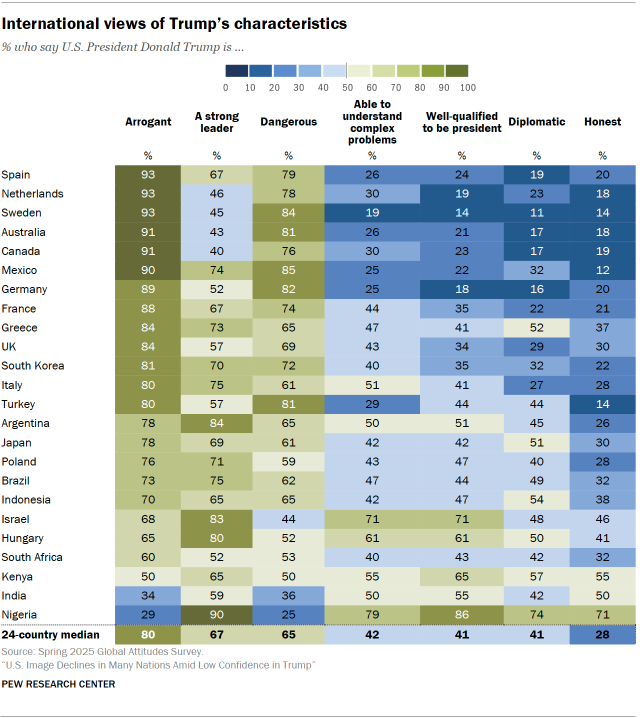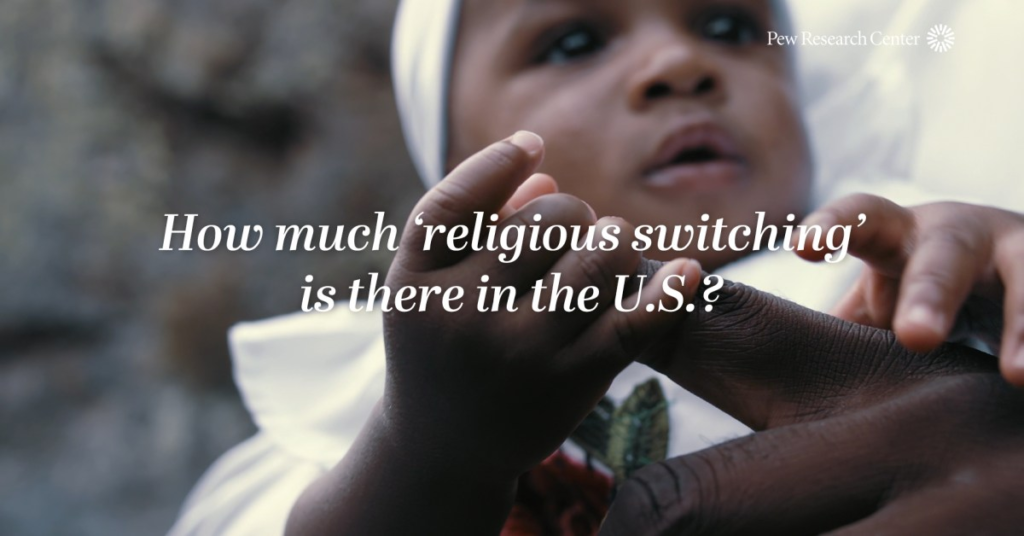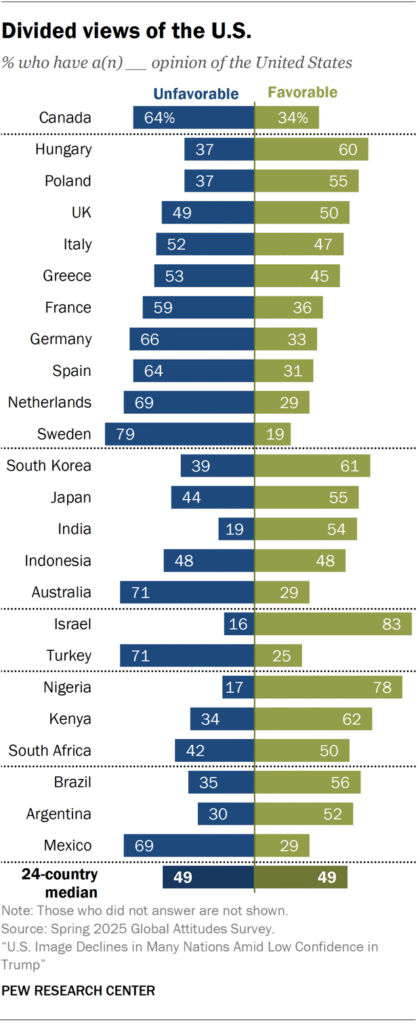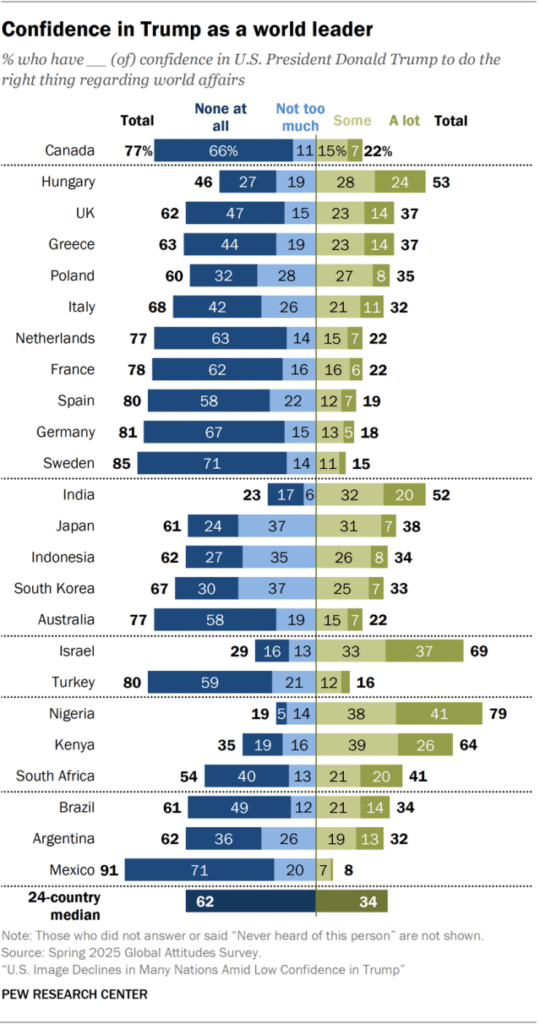The Political Gap in Americans’ News Sources
How we did this Pew Research Center conducted this study to continue tracking news consumption and trust across a wide range of specific news sources. We last published similar reports in 2020 (based on a 2019 survey) and 2014. We regularly ask people about their news habits on various platforms (e.g., television, print, radio and digital) and their levels of trust in information from social media and national/local news organizations in general. But this study is designed to be more specific, looking at Americans’ familiarity with, usage of and views toward 30 individual news sources. To learn more about how we chose the 30 news sources, please visit the methodology. Respondents first received a list of all 30 news sources and were asked to select all the sources that they had heard of. Next, for all the sources a respondent had heard of, they were asked which ones they generally trust as sources of news. Then, for all sources that they had heard of but did not say they trust, they were asked if they generally distrust those sources as sources of news. Finally, the survey asked respondents which sources they regularly get news from (again, only among the sources they already indicated they had heard of before). This survey design is similar to one used in a 2019 survey but not directly comparable. The 2025 survey asked Americans which sources they regularly get news from; in 2019, we asked people which sources they got political and election news from within the past week. We also changed several of the 30 sources to reflect the current news media landscape. We surveyed 9,482 U.S. adults from March 10 to 16, 2025. Everyone who took part in this survey is a member of the Center’s American Trends Panel (ATP), a group of people recruited through national, random sampling of residential addresses who have agreed to take surveys regularly. This kind of recruitment gives nearly all U.S. adults a chance of selection. Interviews were conducted either online or by telephone with a live interviewer. The survey is weighted to be representative of the U.S. adult population by gender, race, ethnicity, partisan affiliation, education and other factors. Read more about the ATP’s methodology. Here are the questions used for this report, along with responses, and its methodology. For years now, Democrats have been much more likely than Republicans to say they trust the information that comes from national news organizations. A new Pew Research Center survey gets much more specific: How do Americans feel about 30 of the country’s major news sources? Democrats and independents who lean toward the Democratic Party are much more likely than Republicans and GOP-leaning independents to both use and trust a number of major news sources. These include the major TV networks (ABC, CBS and NBC), the cable news networks CNN and MSNBC, major public broadcasters PBS and NPR, and the legacy newspaper with the largest number of digital subscribers, The New York Times. Republicans, meanwhile, are much more likely to distrust than trust all of these sources. A smaller number of the sources we asked about are more heavily used and trusted by Republicans than Democrats, including Fox News, The Joe Rogan Experience, Newsmax, The Daily Wire, the Tucker Carlson Network and Breitbart. Related: Explore data on how Americans use, trust and distrust 30 major news sources with our interactive News Media Tracker tool. These findings are broadly similar to the last time we asked Americans about many specific news sources, in 2019. The two surveys are not directly comparable due to changes in the way we asked the questions. How we chose these 30 news sources We selected 30 news sources based on a variety of measures, including audience size and previous survey results. We also wanted to prioritize a range of news sources across different platforms, as well as both legacy news outlets and nontraditional news sources, all while keeping the list from becoming too long for survey respondents. This selection process is not perfect; we acknowledge that no list of 30 sources could represent the entirety of today’s diverse and changing media environment. We believe this group of 30 provides an appropriate snapshot of media brands to help us study Americans’ changing news habits. To learn more, read the FAQ and methodology. Americans’ use of news sources by party In many cases, supporters of the two main U.S. political parties are relying largely on different sources of news and information. Republicans and independents who lean Republican get news from a fairly concentrated group of sources, and one rises to the top: Fox News. A majority of Republicans (57%) say they regularly get news from the cable network, at least double the share who say they turn to any other news source we asked about. Behind Fox, Republicans are most likely to say they regularly get news from the three major broadcast networks – ABC News (27%), NBC News (24%) and CBS News (22%) – and The Joe Rogan Experience podcast (22%). While not among Republicans’ most-consumed news sources, several sources are more likely to be regular sources of news for Republicans than Democrats, including Newsmax (15% vs. 1%), The Daily Wire (12% vs. 2%) and Tucker Carlson Network (9% vs. 1%). Democrats and Democratic leaners, on the other hand, turn to a wider range of the sources we asked about. Nearly half of Democrats say they regularly get news from CNN (48%), NBC (47%) and ABC (46%). About four-in-ten Democrats say they get news from CBS (39%), while roughly three-in-ten say the same about MSNBC (33%), NPR (32%), The Associated Press (31%), PBS (31%), BBC News (30%) and The New York Times (29%). All of these sources are far more likely to be consumed by Democrats than Republicans. To a lesser extent, Democrats also are more likely than Republicans to say they get news from The Washington Post (18% vs. 7%), Politico (12% vs. 4%) and The Atlantic (10% vs. 1%). Even as news sources differ by party, there
The Political Gap in Americans’ News Sources Read More »
